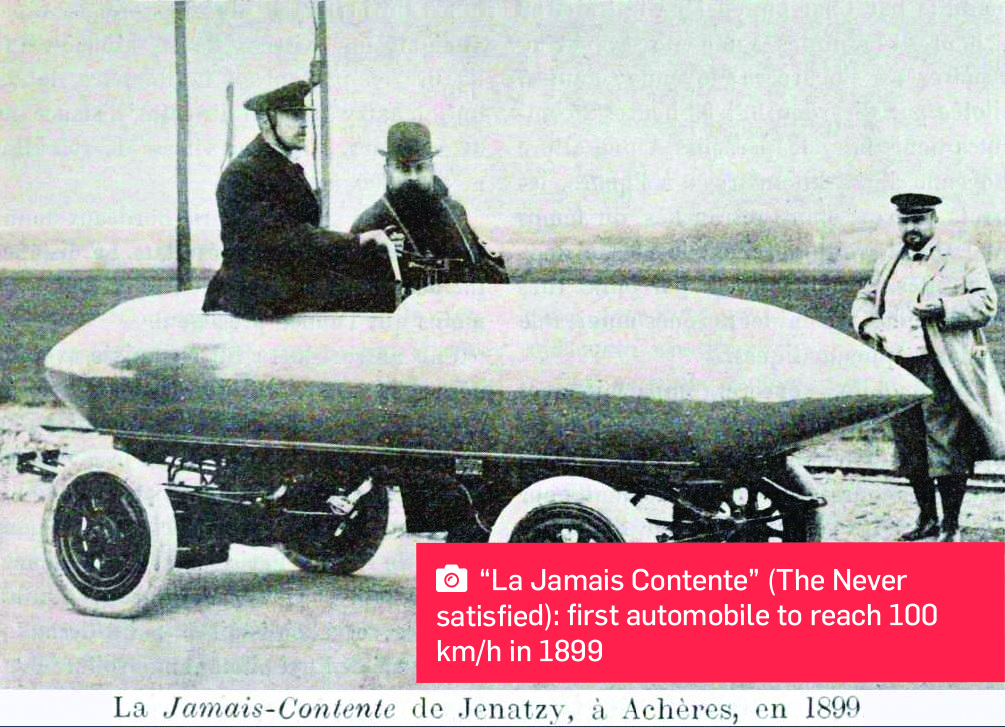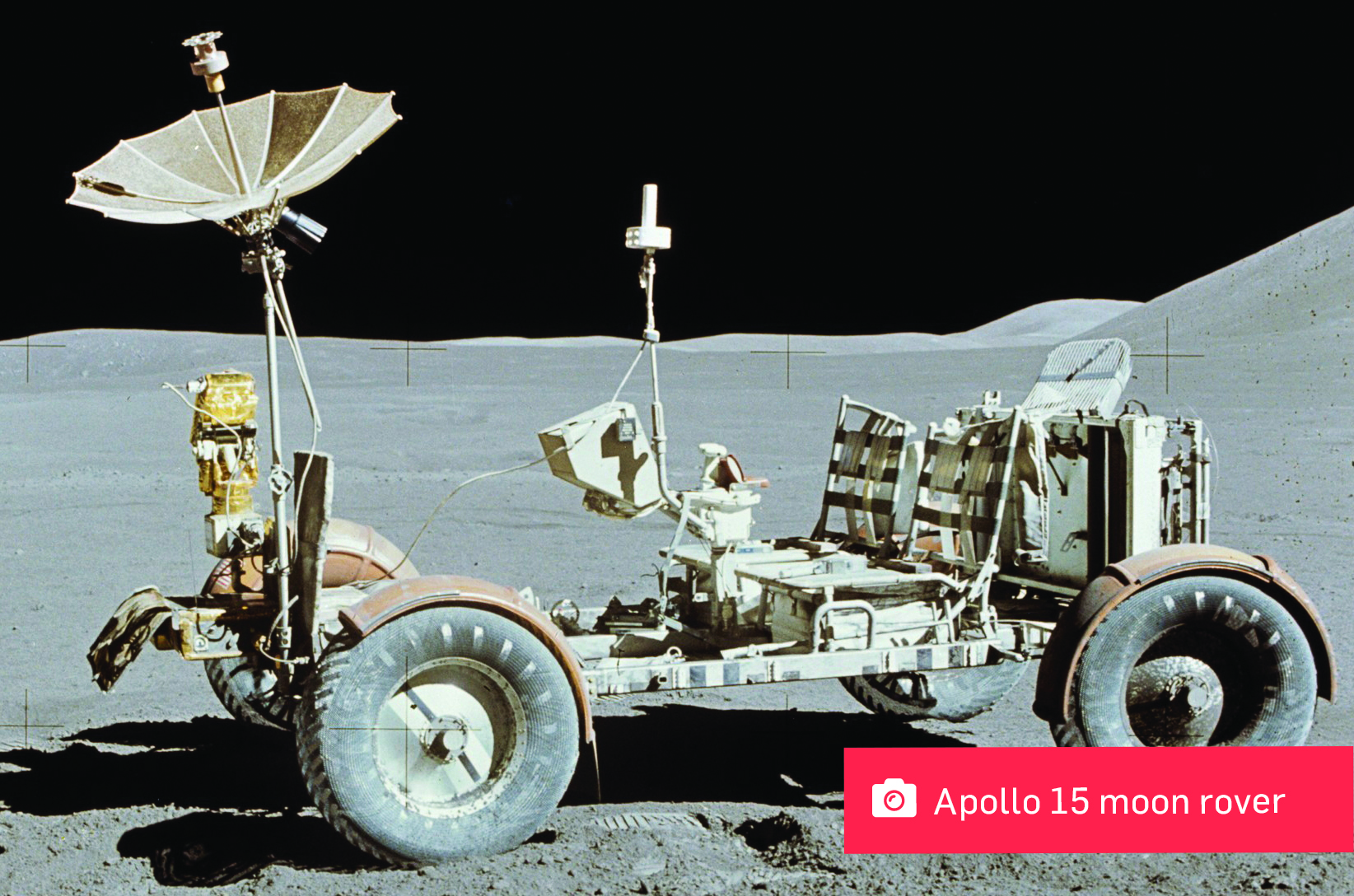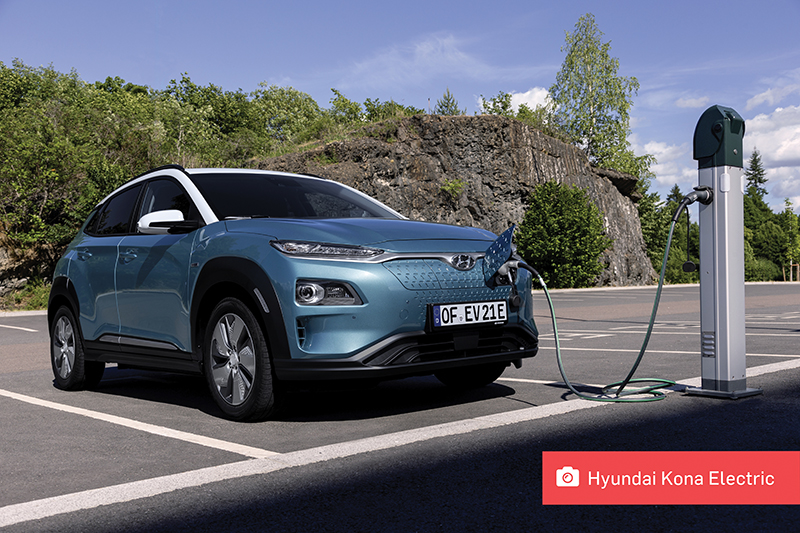Electric vehicles: Evolution or rEVolution?

The electric vehicle (EV) has seemingly popped up out of nowhere to be capturing an ever larger slice of new vehicle sales figures worldwide - although not so much in Australia… yet. For example, in Norway EVs now make up over 50% of new car sales.
In this article we will argue that this is no revolution – rather an evolution of something that has been with us since the dawn of the ‘horseless carriage’.
It may surprise you to know that the EV was around at the start of the motor vehicle era. In fact, the first car to exceed 100km/h was an EV, not one with an internal combustion engine!
At the turn of the 20th century, the EV was competing on an equal footing with two other types of self-propelled vehicles. The three competing technologies being external combustion (steam); internal combustion (petrol/diesel) and electric; with each selling in roughly equal numbers. It is now history that by choosing the internal combustion engine (ICE) for mass production, Henry Ford set the agenda for the next 100 plus years.

However, the EV never really went away. Many readers may remember the GM built ‘EV1’, (in particular the film ‘Who killed the electric car’ made about it). Older readers may remember electric milk carts delivering milk in the 60’s. Less well remembered perhaps are a couple of EVs from the 1970’s still sitting on the moon.
By the 1990s, potential improvements to EV technology were coming from the electrical industry beavering away at the various needs of industry and consumers. With developments in motor control came better, highly efficient variable speed drives for AC motors. With the growth of the electronics industry came high efficiency, high current DC to AC conversion, and from the consumer electronics industry came ever lighter, more powerful battery technologies to feed the almost exponentially increasing power needs of phones, laptops and all the other battery driven tech we rely on in our busy lives.
By applying these advances to EVs, we now have electric cars that can travel 500km plus on a single charge, recharging times reducing to 15 minutes or less for an 80% charge, and performance figures that were once offered only by highly tuned (and expensive) supercars!

Couple the advantages of EVs with the growing realisation that oil is not an infinite resource (and that the burning of it is causing major environmental and health damage) and it should come as no surprise that the EV is returning with a vengeance.
Today, we have new EVs with 300 – 500km plus ranges (many with less than one hour fast-charge capacity) about to hit Australia’s shores in numbers – so what opportunities do they offer to electrical trades workers and contractors?
For the electrical worker – EVs offer cheap to run cars, SUVs (and even some vans) that are quiet and smooth to drive as well as offering the ability to avoid the hurly-burly of finding and waiting at service stations to or from the job - it is far easier to recharge overnight at home, just as you do for a mobile phone. For the contractor – there is a compelling business case for running EV over ICE vehicles with their low maintenance and running costs. On top of this is the flood of work to come in installing public and private EV charging points.
So where to start in sifting all this new EV information and opportunity? To begin with, researching both EVSE installation opportunities and potential EV purchases would be good starting points. AS/NZS3000-2018 has an all-new ‘Informative’ Appendix P outlining the requirements for installing EV charging facilities: mind-you, it is also worth noting that this new Appendix gives only a ‘bare-bones’ description (and assumes a lot of EV and EVSE knowledge) so will require significant further research and/or attending relevant courses on its proper application.
For information on the current and soon to come EVs for electricians – the best full battery-electric options would be either the Kangoo ZE maxi van, or the soon to arrive Hyundai Kona Electric SUV. Another option for those needing better towing capacity or range than the Kangoo ZE would be the plug-in hybrid (PHEV) Mitsubishi Outlander.
For more information:
Kangoo ZE: www.renault.com.au/vehicles/electric/kangoo-ze/kangoo-ze/maxi
Kona Electric: www.hyundai.com.au/cars/blue-drive/kona-electric
Mitsubishi Outlander PHEV: www.mitsubishi-motors.com.au/vehicles/outlander-phev
For more information:
Kangoo ZE: www.renault.com.au/vehicles/electric/kangoo-ze/kangoo-ze/maxi
Kona Electric: www.hyundai.com.au/cars/blue-drive/kona-electric
Mitsubishi Outlander PHEV: www.mitsubishi-motors.com.au/vehicles/outlander-phev
For more information:
Kangoo ZE: www.renault.com.au/vehicles/electric/kangoo-ze/kangoo-ze/maxi
Kona Electric: www.hyundai.com.au/cars/blue-drive/kona-electric
Mitsubishi Outlander PHEV: www.mitsubishi-motors.com.au/vehicles/outlander-phev
For more information:
Kangoo ZE:
www.renault.com.au/vehicles/electric/kangoo-ze/kangoo-ze/maxi
Kona Electric:
www.hyundai.com.au/cars/blue-drive/kona-electric
Mitsubishi Outlander PHEV:
www.mitsubishi-motors.com.au/vehicles/outlander-phev